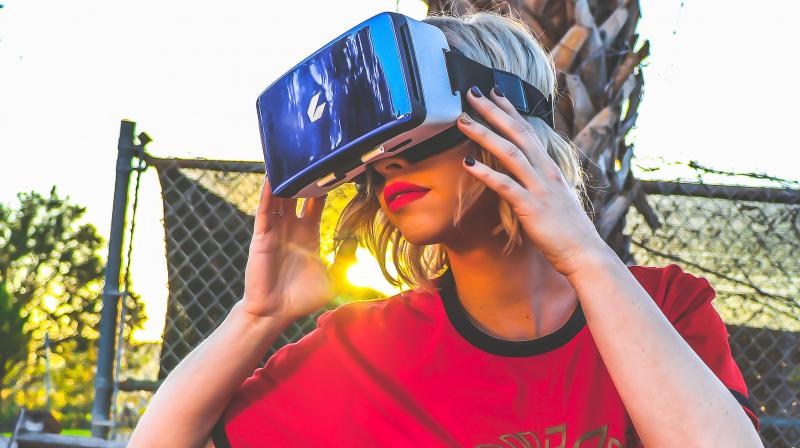UNISOC unveils mobile chipsets for AR, VR devices
The new SoCs deliver high-end user experience, power efficiency, 3D face ID and support for next-generation dual-camera features.

Fabless semiconductor company UNISOC (formerly Spreadtrum Communications) launched its latest chipsets, SC9832E and SC9863, which have been designed specifically for machine learning and AR/VR related applications.
The SC9863 is armed with an 8xCortex A55 processor with speeds up to 1.6GHz, and features an LTE Cat7 modem supporting Dual SIM Dual Standby and 4G+4G (LTE/WCDMA/GSM + LTE/WCDMA/GSM), and provides camera support for 16MP at 30fps with a 3xCSI 4+4+2 Lane/4xCSI 4+2+2+2 Lane interface. It’s 16MP + 5MP dual image signal processors claim to deliver clear, vivid, and sharper image capturing, be it for videos or single pictures, and also have 3D Face ID capability.
The UNISOC SC9832E comes equipped with a 1.4GHz 4xCortex A53 processor with a 667MHz eMMC 5.1/LPDDR3 memory controller. It provides camera support for 13MP at 30fps, along with 2xCSI 4+4 Lane/3x CSI 4+2+2 Lane interface, and boasts of a Mali T820 MP1 GPU capable of 680MHz supported by OpenGL ES 3.0 and Vulkan 1.0 GPU API. The SC9832E features a VoLTE Cat4 modem with Dual SIM Dual Standby (DSDS) capable of supporting 4G+4G (LTE/WCDMA/GSM +LTE/WCDMA/GSM) or 4G+3G (LTE/WCDMA/GSM + WCDMA/GSM) configurations, as well as Wi-Fi bgn/BT4.2/FM/GPS+Gionass/Beidou. With an AnTuTu 6.0 score in the range of 38,000, the chipset claims to outperform other competing chipsets in its category.
The chipsets deliver better performance and a more seamless user experience even for resource-intensive applications such as gaming. This difference in performance is also highlighted in their significantly quick response time for most functions — be it accessing an application or turning the device on/off. These innovative chipsets have also been designed for better integration levels and lower power consumption; with up to 50 per cent lower power consumption at standby, even with multiple background applications, they can ensure 200+ hours of stay for a 3000 mAh battery. There’s also an integration of cutting-edge camera technologies such as real-time image processing and 3D noise reduction (3DNR).

